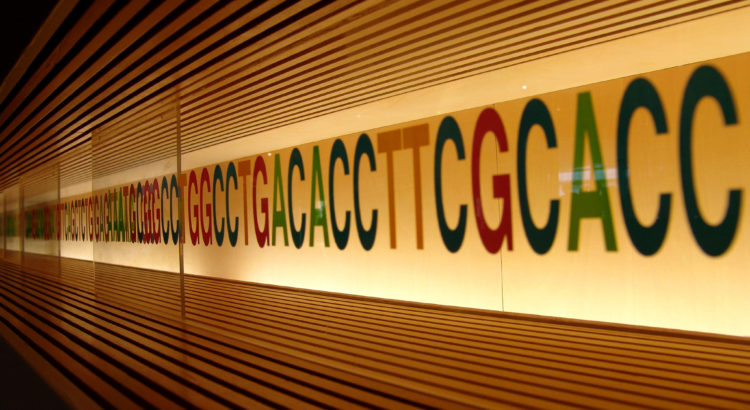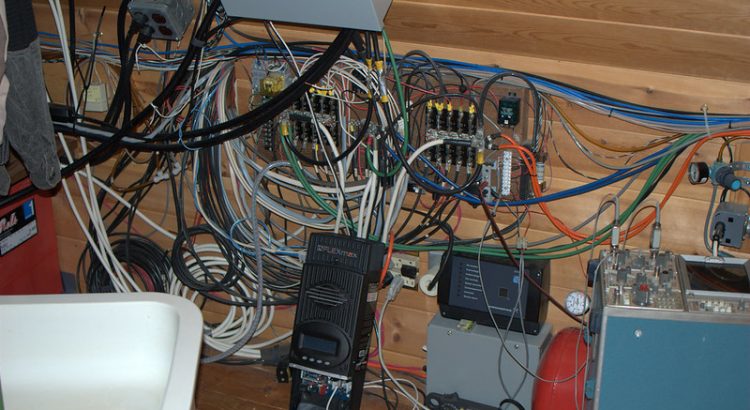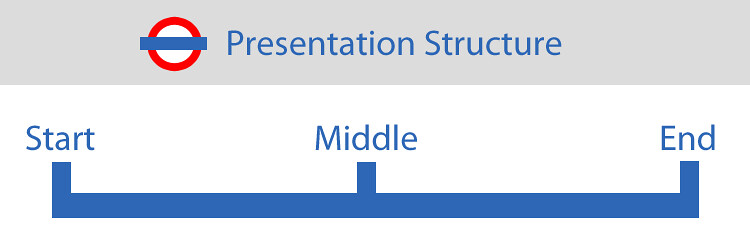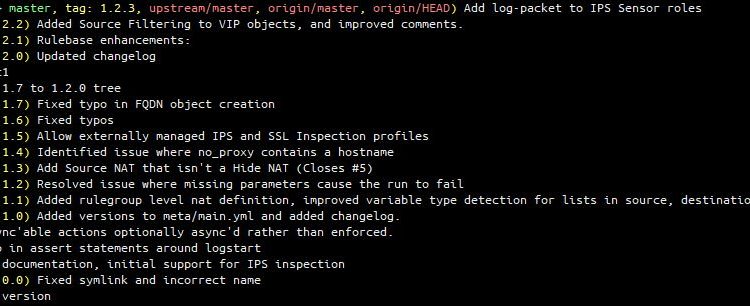One to read: “Reverse Engineering the source code of the BioNTech/Pfizer SARS-CoV-2 Vaccine – Articles”
OMG this is amazing! It uses terminology that a coder or, for that matter, anyone who understands IT terminology will understand. It describes the headers for the RNA sequence as starting with [~]”the equivalent of the #! in shell scripts”
At the end of the post is a couple of links to other content I’m considering reviewing later… “DNA for programmers” and the “two hour [(!)] presentation on DNA […] aimed at computer people”. Maybe once I get some time to spare I’ll take a proper look at these.
This was automatically posted from my RSS Reader, and may be edited later to add commentary.
Featured image is “DNA” by “MIKI Yoshihito” on Flickr and is released under a CC-BY license.



